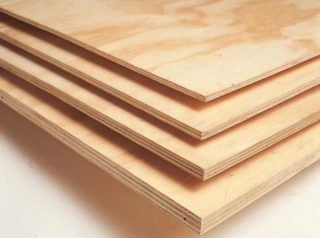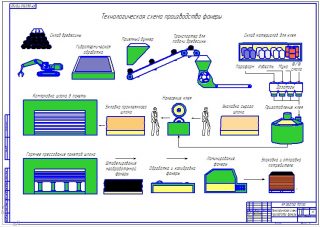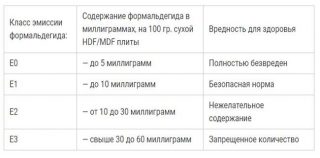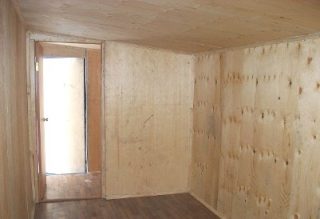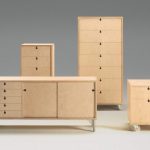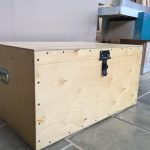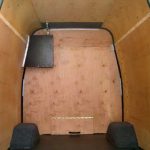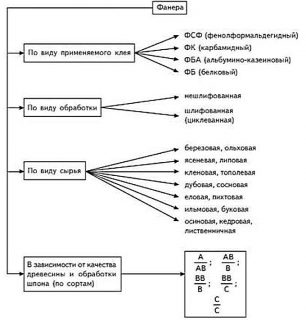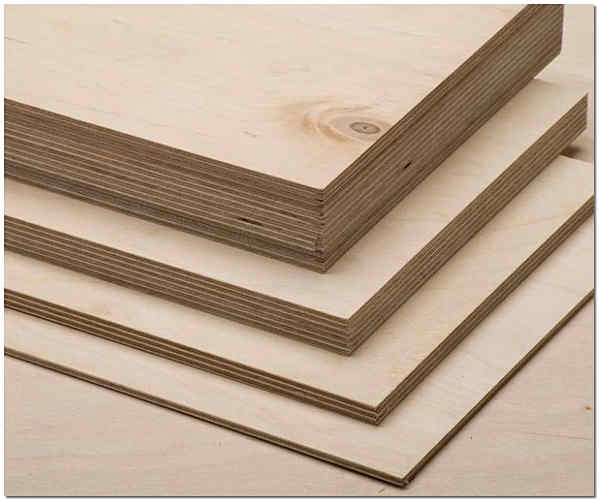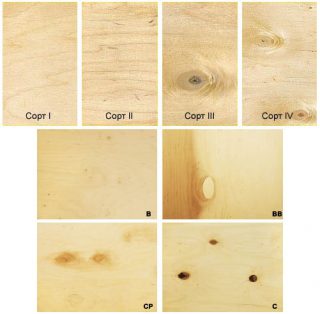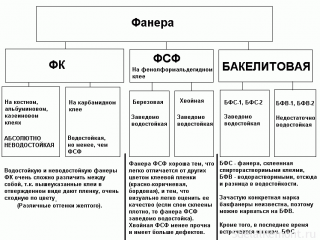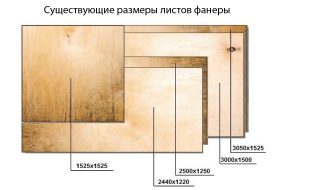Multilayer building materials are characterized by increased strength and other useful properties. For the consumer, the important parameters are the thickness of the plywood, the number of layers, the dimensions and the method of surface treatment for protection from external influences. Knowledge of the characteristics, areas of use and nomenclature allows you to choose the right product.
General description and production of material
The adhesive composition and surface treatment option affect consumer properties and areas of use.
Currently there are three GOSTs for different types of products:
- GOST R 53920 "Veneered plywood", for products laminated with a moisture-resistant film;
- GOST 32158 “Construction plywood with outer layers of glued on
- veneer mustache ";
- GOST 3916.1 General purpose plywood with hardwood outer layers.
The documents establish the minimum permissible technical characteristics for products of each class.
Manufacturing technology
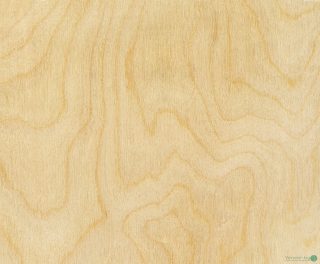
The basis for all types of goods is plywood sheets, which differ in wood, layer thickness and finishing.
Outer layer always made from hardwood:
- birch;
- alder;
- maple;
- elms;
- beech;
- aspen;
- poplar;
- linden.
In moisture-resistant and film-coated plywood, the outer surfaces are always birch.
Inner layers can be from conifers:
- pine trees;
- ate;
- fir;
- larch;
- cedar.
- Soaking wood in hot water.
- Calibration logs in length.
- Sanding and debarking, removing bark and knots.
- Dissolving logs on veneer using peeling machines.
- Cropping sheets veneer according to the batch size of produced sheets. Waste and cuttings are sent to the production of particle boards or OSB.
- Impregnation veneer to the full depth with an adhesive, in some cases the adhesive may be moisture resistant.
- Laying veneer in stacks, the number of layers is selected according to the technological map.
- Pre-pressing to remove air bubbles trapped between the veneer and shape the blank to the required thickness.
- Pressing with simultaneous heat treatment.
- Lying down and cooling.
- Pruning blanks in a given format.
- Grinding layers - outer surfaces.
- Sealing visible defects and fallen out knots.
Finishing consists in fine sanding, pasting with films on one or both sides, painting or pasting the ends.
Applications
First of all, they pay attention to formaldehyde emission classspecified in the certificate for the consignment:
- E 0.5 suitable for any purpose, including the manufacture of children's furniture;
- E 1 used for any purpose, except for placing finished furniture or sheathing of child care facilities;
- E 2 forbidden for any living and working premises, products of this class are used only in utility rooms or in the open air.
- construction of partitions, wall cladding, floor preparation for finishing;
- furniture production;
- manufacture of containers and packaging of goods;
- construction of vans and transport bodies.
General purpose products are not used in humid environments without pretreatment.
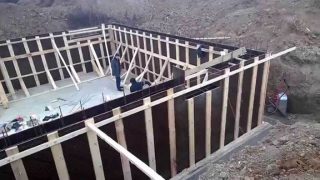
Plywood produced by GOST 32158, is used mainly for the purposes of construction and interior decoration or for other needs, taking into account the toxicity class. The material has veneer sheets of valuable or beautiful wood species.
The appearance allows for decorative wall cladding, as well as for the manufacture of external furniture parts.
By GOST R 53920 produce types of plywood laminated with film. In addition to being used in the same areas as conventional products, the moisture-resistant version is suitable for the production of reusable demountable formwork, as well as for use in water transport. A modification is produced with one side having a mesh structure, which is suitable for arranging non-slip floors in damp rooms.
Plywood classification
- used raw materials;
- number of veneer layers;
- impregnation composition;
- method of processing external surfaces;
- the quality of the layers.
For different GOSTs, the classification may not be the same, therefore, before purchasing, the requirements for the material at a particular facility are clarified.
By material
According to the established norm, the classification of plywood by material is determined by outer layer of the product... Most often it happens birch or decorative hardwood.This is due to the fact that conifers emit a resin that reduces the quality of the coating, leading to difficulties during installation and operation - it is difficult to wash hands, and resin from the pockets can be released for several years.
There is one condition during production: the layers located symmetrically from the central one must be made of the same species, and the veneer must be of the same thickness.

By the number of layers
Minimum the admissible set of veneers must be from three sheets. GOSTs do not limit the upper limit, but maximum thickness finished product rarely exceeds 30 mm... Based on the thickness of the veneer, the manufacturer chooses how many layers should be in the plywood.
By impregnating composition
The adhesive composition determines the formaldehyde emission class of products.
In the conventional designation, the parameter is designated E 0.5, E1 or E2. The higher the number, the more toxic and less environmentally friendly the material.
If plywood is used for third-party purposes, the safety certificate must be checked upon delivery of the object, the class must correspond to the design decisions.
By surface treatment
Each product sample is processed from one or two sides. The grade of products depends on the quality of the finish.
In marking of any kind, the surface class is always indicated on each side.
Plywood grades and characteristics
General-purpose products manufactured in accordance with GOST 3916.1 are divided into classes: elite (E) and 4 more grades in descending order.
Defects permissible for each type are indicated in the text of the standards.
Stamps film faced plywood prescribe in the name, each party is determined:
- F - smooth film;
- W - mesh surface;
- SP - it is permissible to paint the surface;
- U - no coverage.
- FL - increased water resistance from hardwood veneer;
- FH - increased water resistance from coniferous veneer.
Sheets can be sanded or not sanded, the class is indicated in the name.
The product range can be divided according to other criteria, they are all reflected in the name.
Dimensions, thickness, weight of sheets
Thickness depends on the quality of veneer production, deviations are allowed by the document.The minimum indicator is 6.5 mm, the maximum is 30 mm.
Plywood weight documents are not regulated, since the manufacturer has the right to choose the type of wood himself, which can be of different weights. Products of any thickness have a specific gravity of about 650 kg / m³... If you give an indicator to the mass of the square meteroh, then 6 mm plywood will weigh 3.9 kg / m². Sheet 8 mm - 5.2 kg / m², 12 mm - 7.8 kg / m², 30 mm - 19.5 kg / m².
Criterias of choice
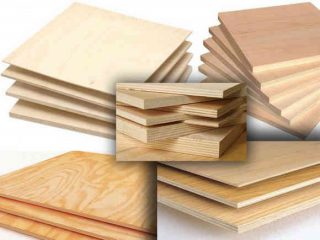
When choosing plywood, take into account several parameters:
- Purchase products famous brands, take into account the location of the factory.
- Purpose of use determine the appearance, so for the visible facades of furniture they buy the highest quality goods, and for wall cladding it is more economical to choose products with one processed side.
- Operating conditions - only moisture resistant and film faced plywood is suitable for outdoor use.
- The size, on the basis of preliminary calculations, they select a product of such a format so that as a result a minimum of waste is obtained.
An important factor is pricewhich is higher than other sheet materials. For example, for furniture it is better to choose chipboard, and for cladding external walls, cement particle boards.

